The desire to improve ourselves and our life situations are in our DNA. It’s what makes us human. Moreover, we do these transformations with purpose. We purposefully use arts to improve ourselves emotionally, the sciences to improve ourselves intellectually, and engineering to improve how we interact with the world. When asked about their future products to be used – rarely customers can articulate their requirements accurately or completely – their motivations are more complex and their pathways to purchase more elaborate than they can describe. Research has shown that a significant portion of customers is willing to pay more for foods that are labeled “organic”, a word that is generically meaningless. No one aspires to be environmentally unfriendly, but when the actual decision to pull a product into your life has to be made, you pick a solution that best represents the values and trade-offs you care about in those particular circumstances.
In this story, we focus on a specific aspect of Jobs to be Done. (If you need more understanding on – what is Jobs-to-be-Done (JTBD), I’ve written about its meaning with examples & use cases in this story – link. As we have seen that customers don’t buy products or services, they pull them into their lives to make progress. This progress is the “job” they are trying to get done, in particular circumstances. Progress is a movement a goal or aspiration a person is trying to accomplish or a problem they are trying to resolve.
With Jobs-to-be-Done (JTBD) analysis, we can get to know why customers make a particular choice, what is the causal mechanism. JTBD helps you to do better research, validate ideas, understand moments of struggle and devise a solution. Ask customers what they’ve done, not what they want. Ask how they view competition, other product alternatives, etc. What are the current habits in place? What are the pain-points? Try to hear what customers don’t say. Understanding the job is to understand what customers care most about in that moment of trying to make the progress. Therefore, JTBD analysis provides a way of understanding the foundational question, what causes customers to purchase and use a particular product.
“The correct unit of measure should be the JOB that the customer is trying to do, rather than the customer, as an entity with its various characteristics.”
-Clayton Christensen
Before we launch a new product that can help customers get a job done much better than products-in-use, let’s understand what are the emotional forces that make customers either stick to their current product-in-use or switch to a new product/solution.
What are the “Forces of Progress”
The forces of progress are the emotional forces that generate and shape customers’ demand for a product – as defined by Alan Klement (author of ‘When Coffee and Kale Compete’). These forces can be used to describe a high-level demand for any solution for the customers’ JTBD or the demand for a specific product. Also, late Clayton Christensen positions the Forces of Progress as an extension of JTBDto help explain the dynamics involved when customers hire and fire solutions in this book ‘Competing Against Luck’. Originally, the Forces of Progress is an adaptation of the Force Field Model developed by the late Kurt Lewin, a social psychologist who studied how individuals and organizations change in response to their environment, posits that there are two opposing forces that are always in play when trying to change a current situation to a desired future state:
1) There are forces that are pushing for change, which are called driving forces.
2) There are forces that are resisting change, which is called restraining forces.
When the driving forces become stronger than restraining forces, change will happen, else the equilibrium of the current situation will be maintained. The Forces of Progress model posits that it’s ultimately the dominant force, either driving or restraining, that determines whether a customer is motivated to switch to a competing solution.
Let’s look at the dynamics involved when customers fire a solution-in-use and hire a competing solution that can get a job done better. Following are the forces that are at play when a consumer seeks to make progress in his ecosystem.
- The Push of the Current Situation
- The Pull of the New Solution
- The Anxiety of the New Solution
- The Allegiance (Habit) or Inertia to the Current Situation
When customers are in their moments of struggle (i.e. they take too much effort or time to perform a job or the outcome is not up to their expectations), they are experiencing the forces of Push, Pull, Anxiety, and Inertia.
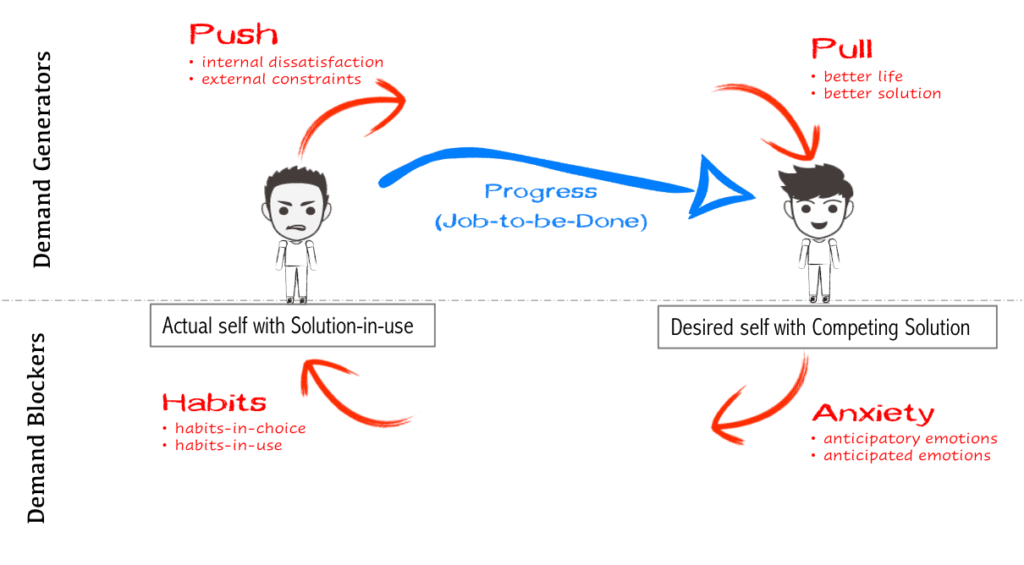
Let’s put the above forces into two buckets for better understanding i.e. 1) Demand generators and 2) Demand blockers.
1) Demand generators – the driving forces
a) Push: When the solution-in-use becomes unacceptable, the moments of struggle cause customers to push away or reject a solution-in-use. Pushes can be external or internal.
For example, I’ve been using one music-listening app for a long time during my commute time or whenever I’m free. The PROBLEM with an existing solution is that I’m bored with the offered playlist/songs as it is not getting updated as per my expectation. This is my internal dissatisfaction with solution-in-use. Moreover, I’m not able to discover a new playlist due to limitations in features of solution-in-use. This is the external constraint.
b) Pull: It isattractiveness of competing solution, the promise of new situation. The competing solution has a better job-solution fit than the solution-in-use. It is the steering wheel that directs the motivation. Customers experience two kinds of pulls: (1) an idea of a better life and (2) a preference for a particular product.
For example, I’ve come across a new music app ad that gives me the option to listen to music as per my activity i.e. commute, exercise, meditation, etc. This is a better solution than my solution-in-use. While listening to music during my respective activities, I can increase my productivity and feel good eventually. This is my aspiration towards a better life.
2) Demand blockers – the restraining forces
a) Anxiety: It’s the anxiety or uncertainty associated with adopting a new solution and its performance. It is that nagging fear that you’ll end up with Buyer’s Remorse (a sense of regret after having made a purchase). Solutions-in-use becomes sticky to the extent that customers have anxiety about switching to a competing solution.
For example, although the new music app (competing solution) is having a better offering as per my expectations, I’m also reading negative reviews about it online. This is my anticipatory emotion (Anxiety-in-choice) i.e. being experienced at the moments of making a purchase decision before I start using the product, as I don’t know if a product can help me get my ‘Job’ done. I somehow went ahead and started using the new music app. Now, I’m facing difficulties in using it e.g. discovering new music, saving my playlist like I used to do in my older app etc. These are Anticipated emotions (Anxiety-in-use).
b) Inertia or Habits: These are tugs of well-established historical allegiances which involve familiar routines associated with a solution-in-use. We resist change. Stronger the habit of solution-in-use, the greater the resistance to switch to the new solution.
For example, although I’m facing problems with my current solution-in-use, but I’ve my saved playlist on it (which is most valuable to me) and my saved data is restricting me to move away from solution-in-use to a competing solution having better offerings. This is Habit-in-choice, the force that exists at the moment of purchase decision. Now, I’ve a new music app on my device along with an older music app. Although the solution offered by the new app is much better than the older one, I still keep using the older app as my old habit is easier & already established. It’s hard to drop it. This is Habit-in-use. You see, people don’t hate progress, they just prefer inertia. This stops them from buying your product, even when it’s the logical choice.
So, if Push + Pull > Anxiety + Habit, they’ll switch! i.e, the added value should be greater than the switching cost.
Linking Forces of progress with JTBD
Now, we have the framework to identify the forces of progress that enables us to categorize the customers’ reasons or motivations into different types i.e. demand generators or demand blockers. Of course, we attempt to increase two driving forces of push and pull to work for a switch and reduce the restraining forces of habit and anxiety that work against a switch. But first, we need a demand creation opportunity. To find these opportunities, we need to identify the Jobs that are not getting done well with solutions-in-use.
Let’s develop a full understanding of the JTBD by assembling a storyboard that describes in rich detail about
1) Customers circumstances,
2) their moments of struggle,
3) imperfect experiences via alternatives,
4) corresponding frustrations
As we learnt in my earlier story the Job-to-be-Done statement structure i.e.
1) the situation or the circumstances,
2) the motivation i.e. the reasons that generate the job,
3) the benefit i.e. the outcome customer wants to achieve.
With the forces of progress framework, we have the categorization of reasons (motivations) i.e. what are the Jobs for the customers to perform. Let’s now identify the criteria to perform the jobs i.e. how can identified Jobs be done. It will help us clarify the offerings of competing solutions and help us build the fitting premises. So for each different Job, we need to have a different premise that will inform customers on the preferred way of doing the job.
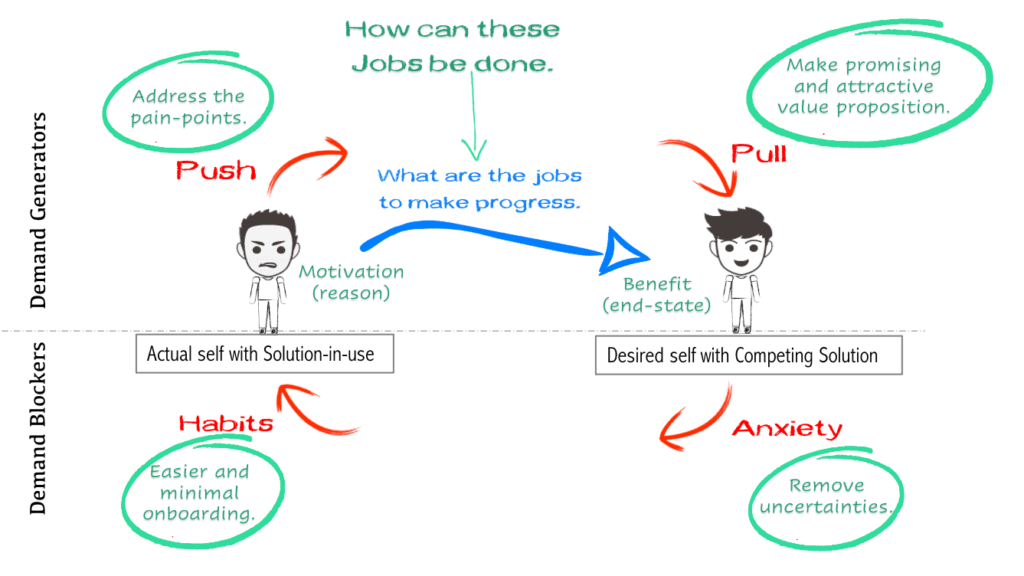
I’m mentioning below the framework of Jobs-to-be-Done statements to be linked with the way of doing the Job. Once we know the customers’ Jobs and provide them with the preferred ways of doing the Jobs, we can turn them into switchers.
| Motivation | |Situation | |Benefit | |How to do Job |
| Push – Dissatisfaction with solution-in-use | Reduce pain. Focus on usage. | ||
| Pull – Aspiration of better life. | Attractive value proposition. | ||
| Anxiety – Uncertainties of using new solution. | Assurance of Job done. (free trials etc) | ||
| Habit – Used to easier & established method. | Accessible & improvement visibility. |
The above framework can be applied not only to make customers switch (customer acquisition), but also to make customers stick with your solution-in-use (customer retention). In the latter case, we have focused on customers’ habits and made it stronger, & deliver increased value.
References:
“Competing Against Luck” by Clayton Christensen.
“When Kale and Coffee Compete” by Alan Klement
brianrhea.com/customer-acquisition-customer-retention/
innodyn.net/the-forces-of-progress
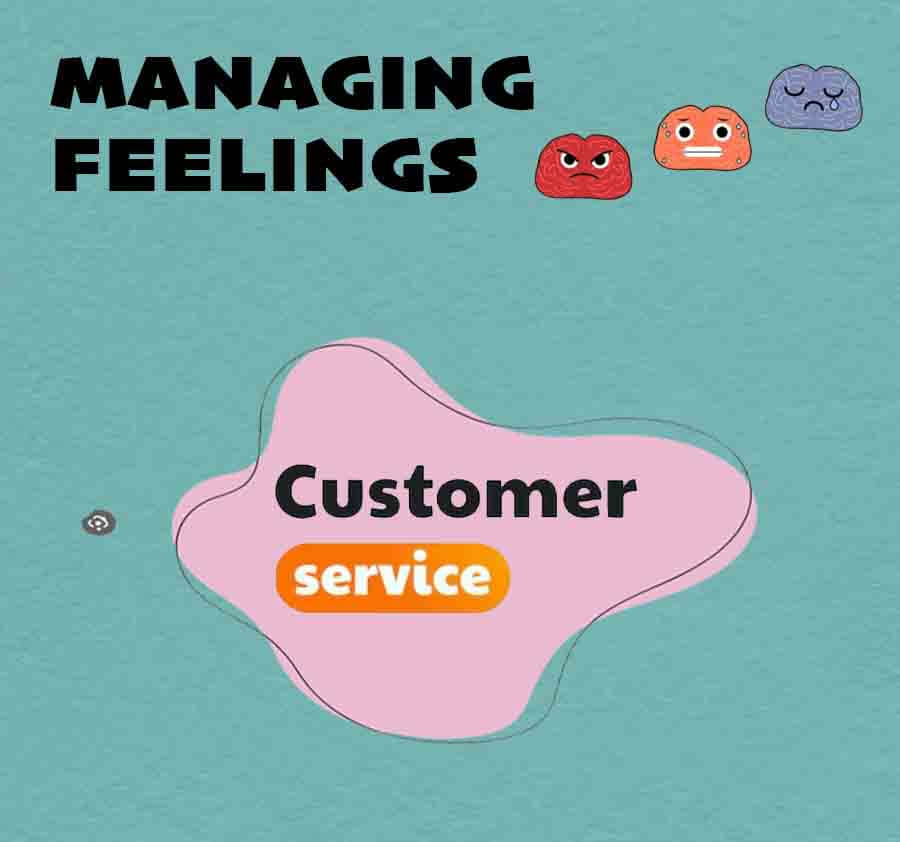
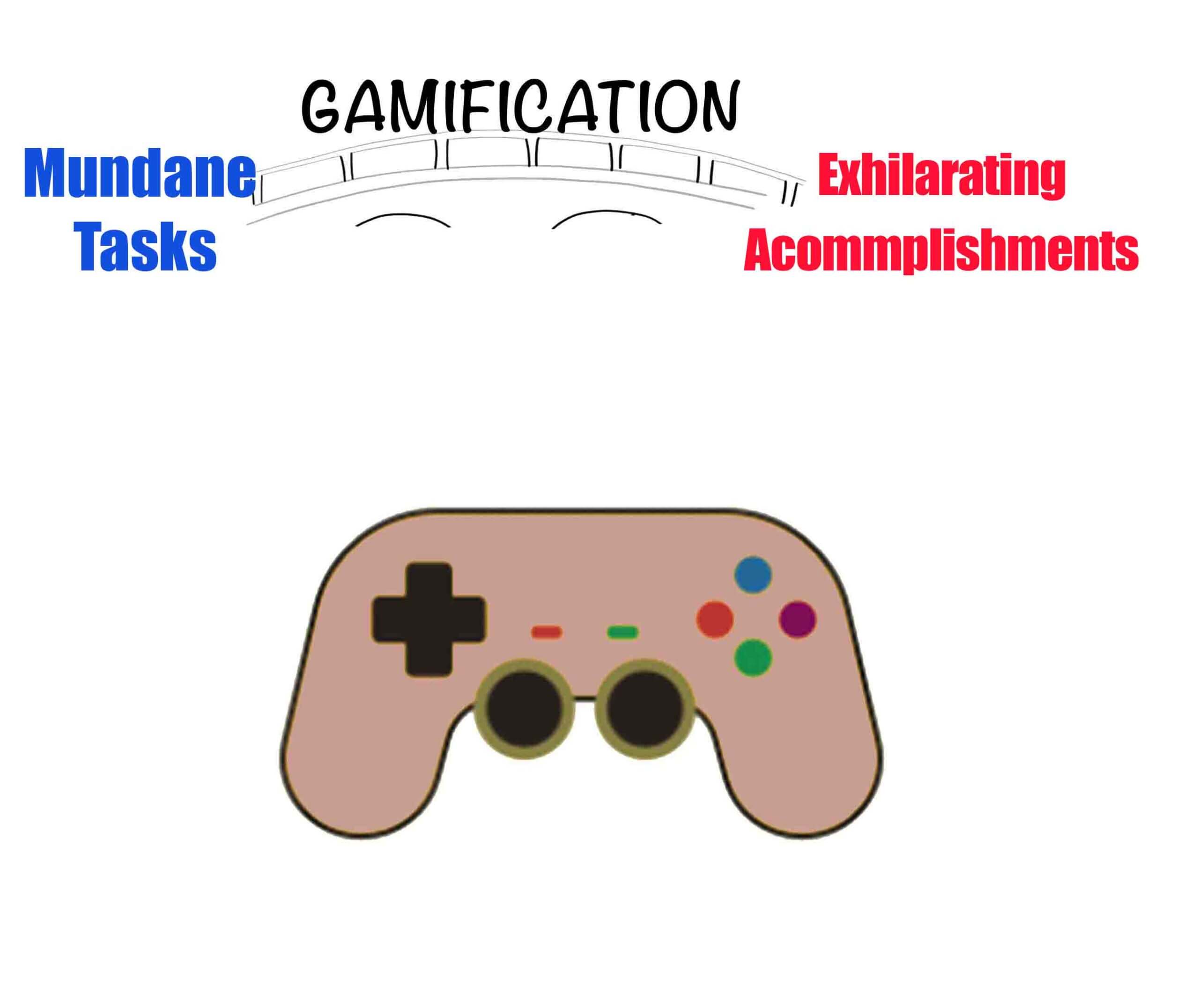

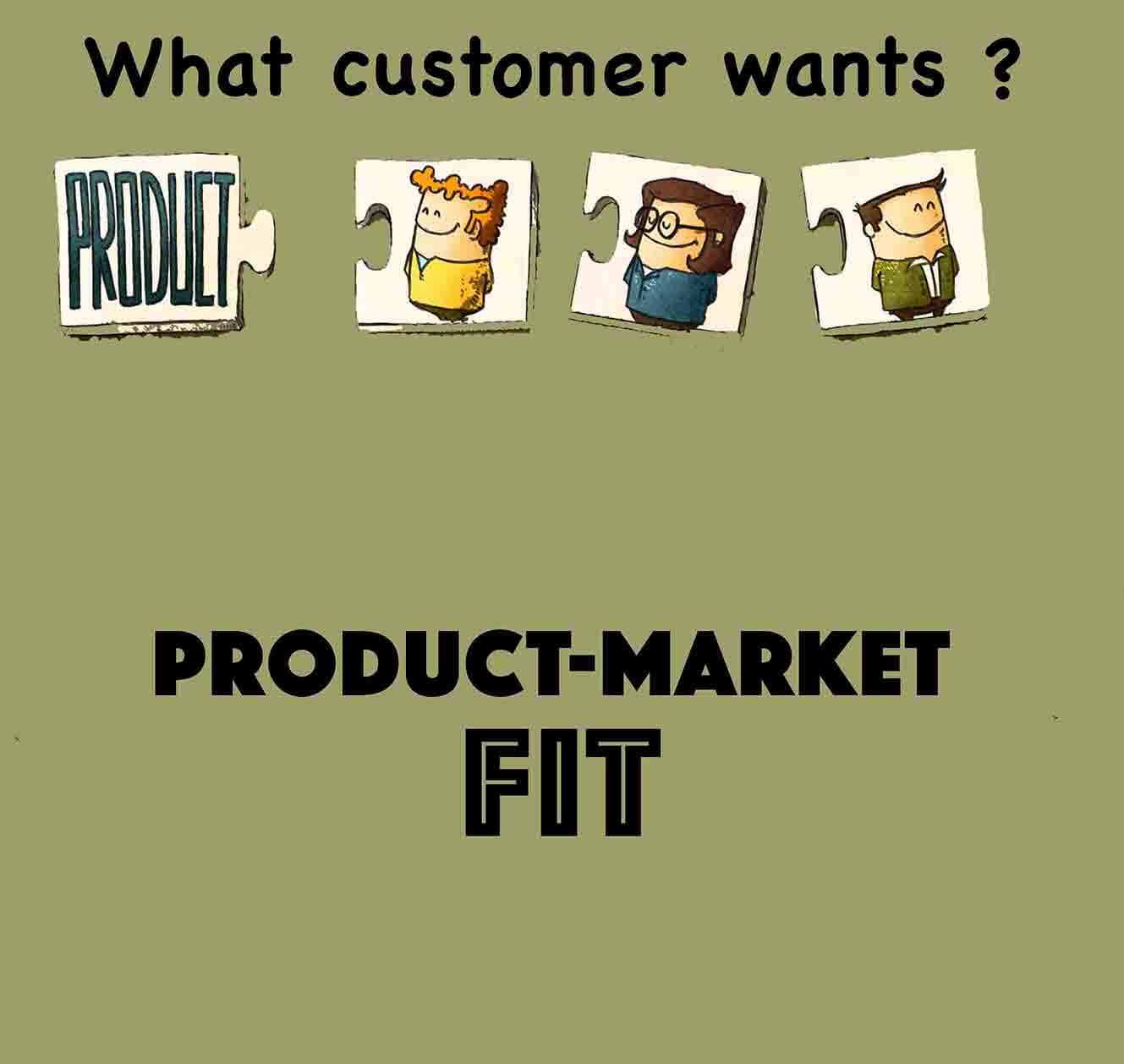
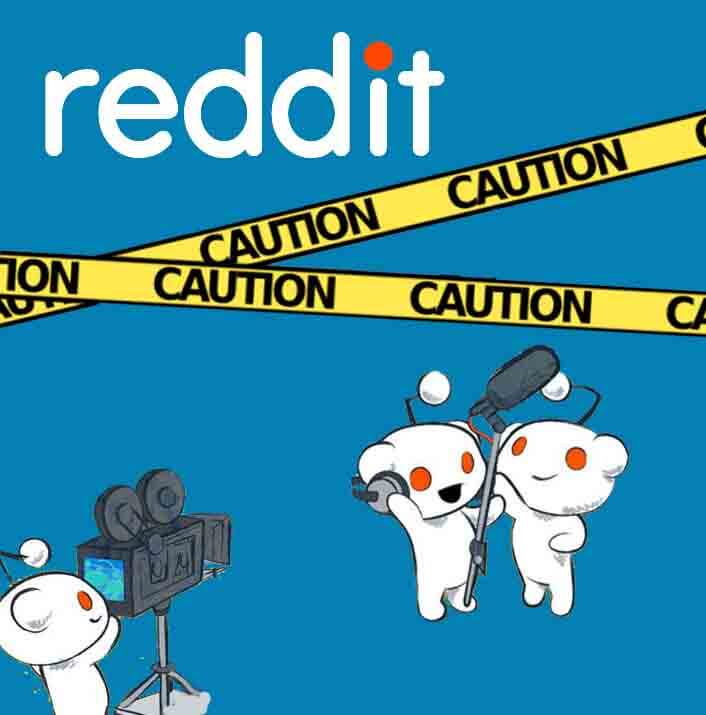
 Swipe for more stories
Swipe for more stories
Comments